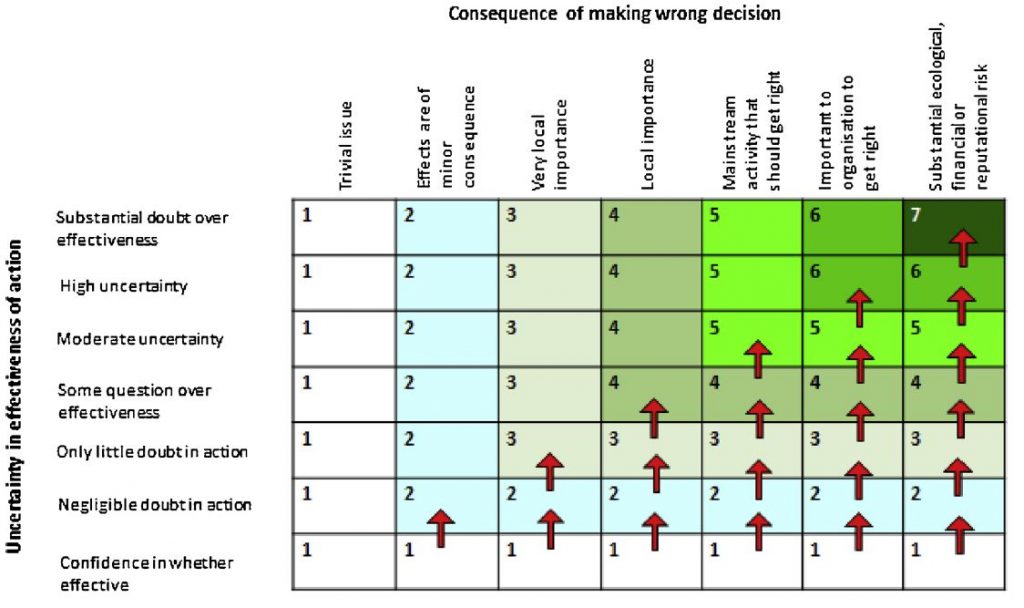It is too often the case that biodiversity problems are managed by single species solutions. If you have too many deer in your parks or conservation areas, start a culling program. If your salmon fishing stocks are declining, cull seals and sea lions. The overall issue confounding these kinds of ‘solutions’ are now being recognized as a failure to appreciate the food web of the community and ecosystem in which the problem is embedded. Much of conservation action is directed at heading back to the “good old days” without very much data about what the ecosystem was like in the “good old days”.
Problems with introduced species top the list of conservation dilemmas, and nowhere are these problems more clearly illustrated than by the conservation dilemmas of New Zealand and Australia. If we concentrate our management efforts on introduced predators or herbivores, we face a large set of conservation issues, well-illustrated by the current New Zealand situation (Leathwick and Byrom 2023, Parkes and Murphy 2003).
New Zealand is a particularly strong case history because we have a good knowledge of its indigenous biodiversity from the time that people colonized these islands, as well as reasonable information about how things have changed since Europeans colonized the country (Thomson 1922). It is in some respects the classic case of biodiversity impacts from introduced species. The introduced species list is large and I can talk only about part of these species introduced mostly in the late 1800s. Seven species of deer were released in New Zealand, along with chamois, hares, rabbits, cats, hedgehogs, three mustelid species, brushtail possums, rats, house mice, along with all the usual farm animals like cattle, horses, and dogs (King & Forsyth 2021). The first concerns began about 100 years ago over ungulate browsing in forests and grasslands. Deer control began about 1930, and over 3 million deer were shot between 1932 and 1954. Caughley (1983) showed that this amount of control did not reduce the impact of browsing and grazing by ungulates in native ecosystems. Control and harvesting efforts decreased in recent years partly from a lack of government funding with the result that deer numbers have rebounded. The recognition of the impact of other pests like rabbits, weasels, and rats led to a focus on poison campaigns. Brushtail possum control with poisons was started to reduce tree browsing damage by the 1970s and gradually increased to reduce TB transmission to domestic livestock by the 1990s. Large scale predator control began in the late 1990s with a focus on rats, stoats (weasels, Mustela erminea), and possums with good success in preventing declines in threatened bird species. All this history is covered in detail in Leathwick and Byrom (2023).
These efforts led to a declaration in 2016 of “Predator Free New Zealand 2050” (PF2050) a compelling promise that would alleviate biodiversity problems by making New Zealand free of possums, mustelids, and rats by 2050, and predator control has thus became the focus of recent conservation action. The 2050 part of the promise was always a worry, since governments in general promise much in advances by that year, but the optimistic view is that predator control will achieve this objective if careful planning is made, adequate funding is available (c.f. Department of Conservation 2021), and well-articulated guidelines for eradication of invasive species are followed (Bomford & O’Brien 1995). The message is that biodiversity goals can be achieved if we move from single species management to a stable system of ecosystem management in the broad sense, including strong research, good public participation and support toward these goals, and that biodiversity conservation will be greatly boosted by thorough consultation with (if not leadership by) the indigenous groups involved.
The New Zealand specific situation cannot be applied directly to all biodiversity concerns, but the New Zealand conservation story and the 12 recommendations given in Leathwick and Byrom (2023) show the necessity of goal definition and coordination between the public, government, and private foundations if we are to maximize the effectiveness of our approach to the biodiversity crisis. Not every conservation issue involves introduced species, but the principle must be: What do we want to achieve, and how are we going to get there?
Bomford, M, & O’Brien, P 1995. Eradication or control for vertebrate pests? Wildlife Society Bulletin 23, 249–255.
Caughley, G. (1983) The Deer Wars: The Story of Deer in New Zealand. Heinemann, Auckland. ISBN: 0868633895.
Department of Conservation (2020). Annual Report. Available at: https://www.doc.govt. nz/nature/pests-and-threats/predator-free-2050/goal-tactics-and-new-technology/tools-to-market/. See also: PF2050-Limited-Annual-Report-2022.pdf
King, C.M. & Forsyth, D.M. (2021). eds. The Handbook of New Zealand Mammals. 3rd edition. CSIRO Publishing, Canberra. ISBN 978-1988592589.
Leathwick, J.R. & Byrom, A.E. (2023) The rise and rise of predator control: a panacea, or a distraction from conservation goals? New Zealand Journal of Ecology, 47, 3515. doi: 10.20417/nzjecol.47.3515.
Parkes, J. & Murphy, E. (2003) Management of introduced mammals in New Zealand. New Zealand Journal of Zoology, 30, 335-359. doi:10.1080/03014223.2003.9518346.
Thomson, G.M. (1922) The Naturalisation of Animals and Plants in New Zealand. The University Press, Cambridge, England. doi: 10.5962/bhl.title.28093.
